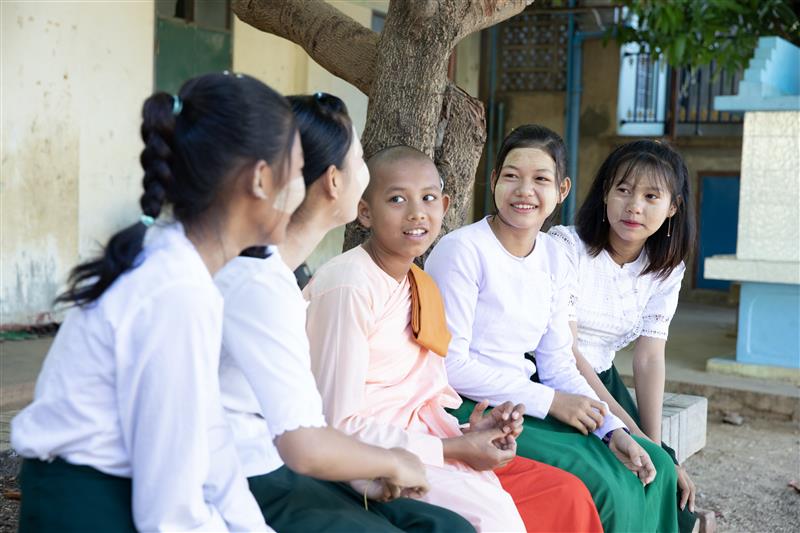
Podcast Ep. 7: Modelling COVID-19 - How Science Matters
Mathematical modelling emerged early in 2020 as a vital scientific tool in Australia’s public health response to the worsening COVID-19 pandemic.
As Australia’s two largest cities - Melbourne and Sydney - emerge from major outbreaks in 2021 of the Delta variant of COVID-19 and accelerated campaigns to vaccinate their populations, scientists have been called upon to map the way out from lockdowns and restrictions to a way of ‘living with the virus’.
Scientific modelling has come from various institutions as a way of guiding decision makers into balancing virus case numbers, hospitalisations and deaths with restrictions on populations such as density limits and lockdowns.
Burnet Institute’s Know-C19 modelling team working with their COVASIM model were asked to help guide the roadmaps for Victoria in 2020 and 2021 and NSW this year.
In 2020, Victoria used modelling to manage and exit its way from a long-haul, 112-day second wave, and get to zero cases. But it was a harder exit with the highly infectious Delta variant in 2021.
So what exactly is scientific modelling? Can it predict the future?
Burnet Institute Head of Modelling, Dr Nick Scott says models consist of a series of mathematical equations that determine how people will behave in a population.
“What models do is they can bring together all of the different pieces of data that you have put together in a cohesive way and use that to tell the story and to really understand what’s going on.”
Not a crystal ball
Calculating the nation’s way out of a crisis towards possible freedom is challenging – especially when people want to know precise outcomes.
But modelling chains of transmission and the rate is not like forecasting the weather.
Modelling the potential impacts of a mutating virus is more like assessing risks in everyday life, explains Professor Margaret Hellard AM, Deputy Director at Burnet.
“I think of models as very much like life. You’re trying to understand what future risk might be. We do it with our finances. We do it with the car we buy. We do it with the house we buy.”
“We’re trying to understand the likelihood of something occurring in the future and the risk around that. Models are just trying to do that in a more precise way. And for COVID, you’re trying to understand future risk.”
Misunderstandings and myths
As models have become a key focus in informing policy decisions, we’ve seen public tensions boil over around how to manage coronavirus outbreaks.
Burnet Institute Director and CEO, Professor Brendan Crabb AC says this happened a lot during Victoria’s second wave, with people suggesting that the models were a failure.
”[People said] your models were wrong because all those cases and deaths didn’t happen. Skipping over the fact that the models led to policy change that prevented them in the first place.”
Despite the uncertainty of the virus, the science of modelling tells us at a very granular level, what measures work and which one’s don’t. Nick Scott says this determines micro policies.
“So, changes that would happen in very specific settings. Things like the density limits in cafes and restaurants and bars, community sports, public transport, working from home – all of these little changes.”
According to Professor Hellard, modelling ultimately relies on some assumptions.
“You don’t know what’s going to necessarily be important. You’re taking a punt at the number of people going to the MCG for footy or not.”
“Then something changes where you actually get some real data and you go, okay household transmission is actually probably more important than we might’ve originally thought – we ramp that up. But transmission over there is less important than we thought – we’ll dial that down.”
Listen and subscribe to How Science Matters, an 8-part podcast series by Burnet Institute to help us to make sense of the many impacts from the COVID-19 pandemic through science.
Hosted by former ABC broadcaster, Tracy Parish and Professor Brendan Crabb, a microbiologist, malaria researcher, and one of the best minds in infectious diseases and global health today. Produced by Written & Recorded.



